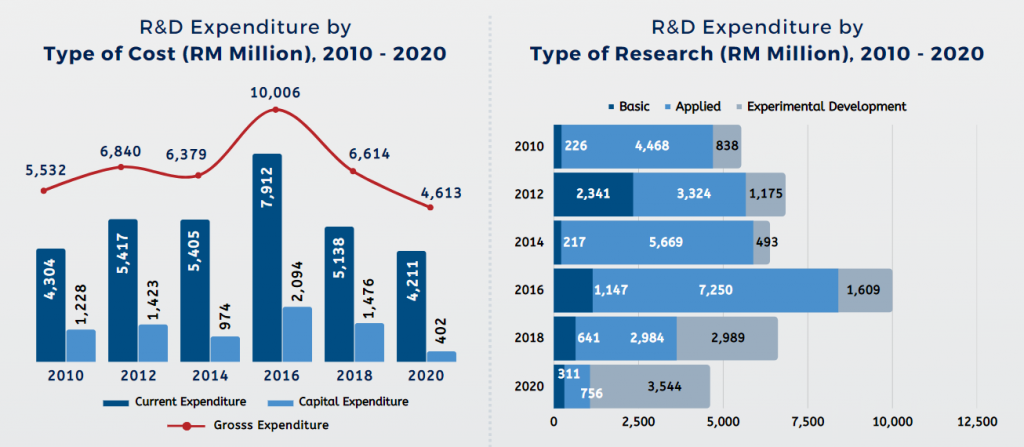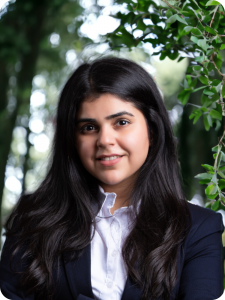Prioritising applied research
While Malaysia invests a significant amount in R&D (RM 13,483 million in 2020), the current distribution of funds raises concerns about long-term sustainability. Data reveals a concerning skew, with a substantial 45.4% allocated to experimental development research, often synonymous with commercially driven product creation. This prioritisation of immediate profits can overshadow the critical importance of applied research.
Applied research goes beyond the realm of theoretical possibilities and into the feasibility of these applications, considering factors like cost, environmental impact, and social implications. This is where the rubber meets the road. Here, applied research serves as a crucial safeguard, setting ethical boundaries by proactively considering environmental and social impacts from the outset. This approach ensures that commercially viable products developed later are not only successful but also minimise environmental damage and promote responsible practices.
The strength of applied research lies in its position as the penultimate stage before commercial research. This critical phase offers researchers an invaluable space to explore beyond the realm of purely human-centric benefits. As echoed by Dr. Gerald Jentony, Secretary of the Sabah Biodiversity Centre in a conversation with GIFT, a significant gap exists in research that focuses beyond human-centric gains. Traditionally, product development research has been laser-focused on the utility for the human end-consumer.
By strengthening applied research in Malaysia, we unlock the potential to introduce frameworks that consider the broader ecological impact on non-human systems. Take sustainable palm oil production, a significant challenge in Malaysia. In the applied research phase, scientists could explore, for instance, research on methods to promote biodiversity within existing oil palm plantations that can also positively impact production. This might involve creating corridors for wildlife movement, planting native understory vegetation to provide habitat for insects and small animals, or utilising integrated pest management strategies to reduce reliance on harmful pesticides.
However, the true strength of applied research lies not just in the solutions it generates, but in the very foundation of scientific exploration: incentives. While commercial research undeniably holds significant allure due to its profit-oriented nature, it's time to actively motivate robust applied research as well.
We must move beyond solely focusing on key performance indicators (KPIs) that favour commercially viable applications only. It's time to invest in applied research that acts as a proactive force, prompting us to consider the long-term, precautionary impact of our actions on the environment. This forward-thinking approach is the key to ensuring a sustainable future for Malaysia and its rich biodiversity.
While the challenges to Malaysia's biodiversity are significant, the path forward is not preordained. By nurturing applied research, the vital bridge between knowledge and action, we can unlock a future where economic prosperity and environmental responsibility walk hand-in-hand. This proactive approach, prioritising solutions that consider both human needs and ecological well-being, offers the key to safeguarding Malaysia's irreplaceable biodiversity and securing a sustainable future for generations to come.



























